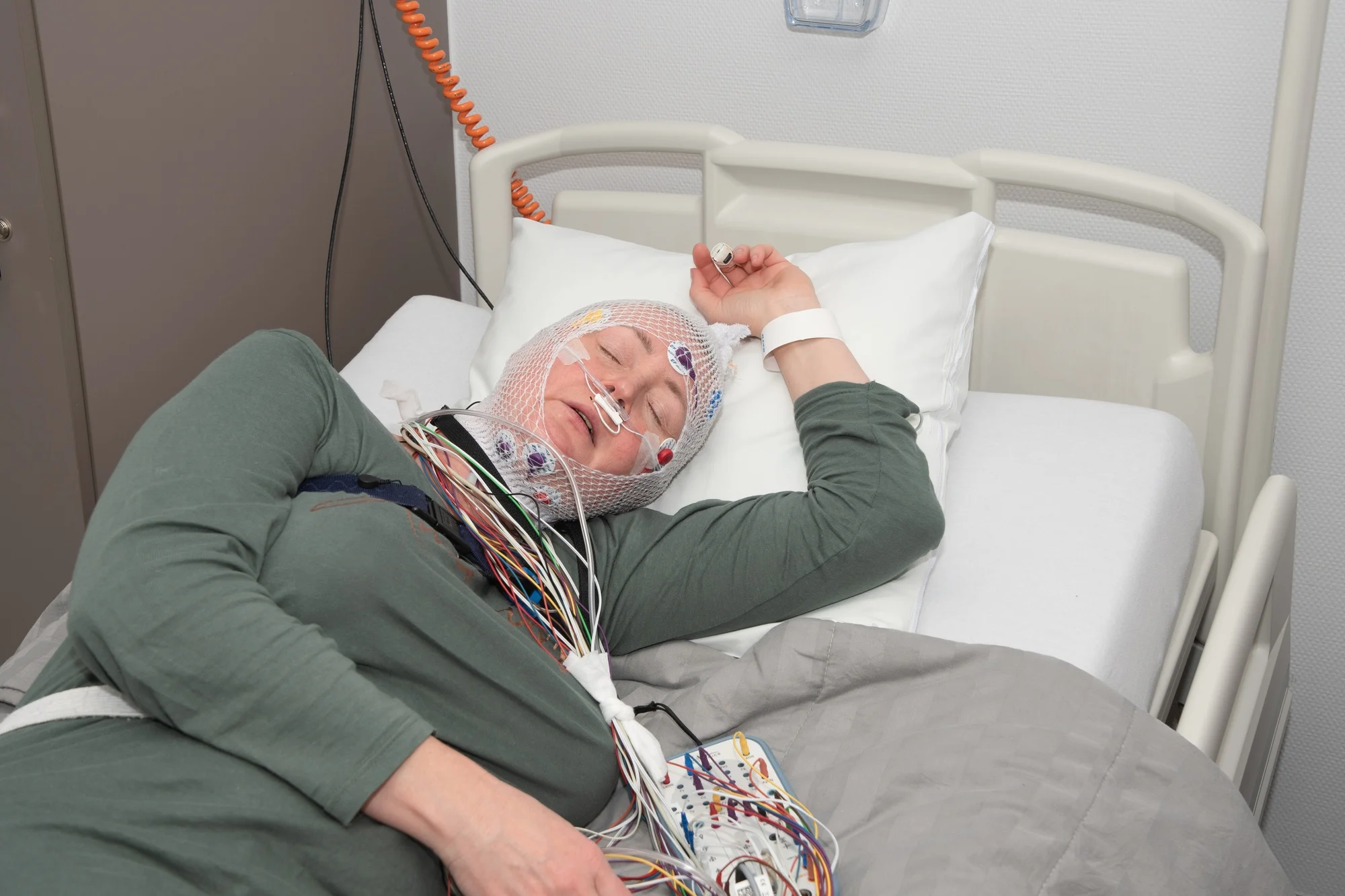Deep Brain Stimulation (DBS) in Turkey
Many international patients choose Turkey as a medical destination for deep brain stimulation (DBS) due to the high quality of healthcare and the expertise of neurologists and neurosurgeons. Despite being a relatively new technique globally, Turkey boasts a high success rate in DBS procedures. Some surgeons in Turkey have successfully performed over 13,000 DBS surgeries during their careers, earning them a Guinness World Record for the number of completed operations.

Contents
Cost of Deep Brain Stimulation in Turkey
- Average cost: $25,500
- Lowest cost: $19,000
- Highest cost: $35,500
Cost Comparison: DBS in Turkey vs. Other Countries
| Country | Cost (USD) |
|---|---|
| USA | $75,000 |
| Germany | $82,000 |
| France | $60,000 |
| Spain | $66,800 |
| Turkey | $25,500 |
If you are considering traveling to Turkey for this procedure, contact us for guidance on the best hospitals with the highest success rates and the most affordable treatment costs.
Get a Medical Consultation
Watch a Video About the Procedure
In this video, you will find all the medical details of DBS procedures, including insights from one of Turkey’s top professors.
Watch here
Timeline for Deep Brain Stimulation in Turkey
| Procedure Duration | 4 to 5 hours |
|---|---|
| Hospital Stay | 3 to 5 days |
| Stay in Turkey | Approximately 1 month |
| Full Recovery Time | 5 to 6 weeks |
What is Deep Brain Stimulation?
DBS is a surgical procedure that involves implanting electrodes into specific areas of the brain. These electrodes deliver electrical impulses that regulate abnormal brain signals.
Why Choose Deep Brain Stimulation?
- Unlike other surgical options, DBS does not cause permanent damage to any part of the brain.
- The electrical stimulation is adjustable and reversible as the patient’s condition or response to medication changes.
- Because DBS is reversible, it allows for the use of innovative treatments that may become available in the future.
- The stimulator can be turned off at any time without causing long-term effects.
Who is Eligible for DBS?
Before proceeding with DBS, patients must undergo a comprehensive evaluation by a team of specialists.
Candidates for DBS typically meet the following criteria:
- Symptoms are not well-controlled despite appropriate medication.
- Symptoms significantly reduce the patient’s quality of life.
- The side effects of current medications are intolerable.
Conditions Treated with DBS
- Parkinson’s Disease
- Dystonia
- Epilepsy
- Tourette Syndrome
- Tremors
- Obsessive-Compulsive Disorder (OCD)
Side Effects of Deep Brain Stimulation
Possible side effects include:
- Seizures
- Infection
- Headache
- Confusion
- Difficulty concentrating
- Stroke
- Temporary pain and swelling at the implant site
- Numbness or tingling sensation
- Muscle spasms in the face or arm
- Speech difficulties
- Balance issues
- Dizziness
- Vision problems
- Mood changes, such as anger or depression
- Fatigue and apathy
- Hallucinations
- Hypersexuality
- Cognitive impairment
How is DBS Performed?
DBS surgery is performed in two stages:
- Electrode Placement:
Thin wires (electrodes) are inserted into specific areas of the brain using imaging and brain maps for precision. The patient remains awake during this part to ensure accurate electrode placement. - Implanting the Neurostimulator:
The surgeon places a small device, similar to a pacemaker, under the skin of the chest and connects it to the electrodes using extension leads. This part is performed under general anesthesia.After recovery, the system is activated to deliver electrical signals to the brain, usually after the patient has healed from surgery.

